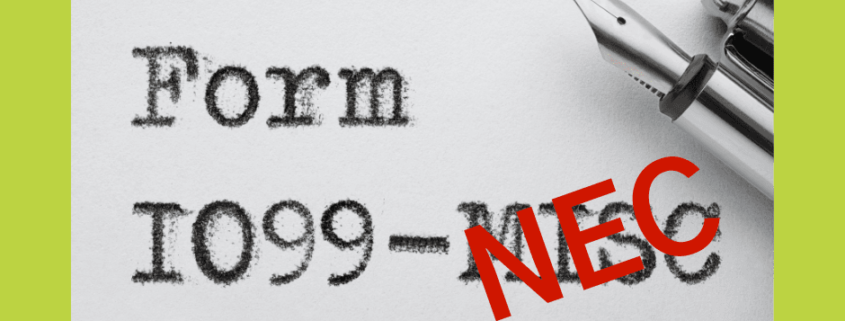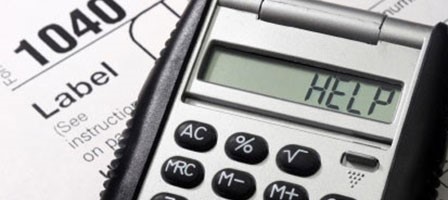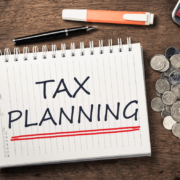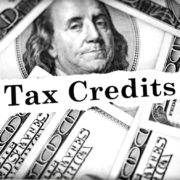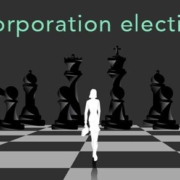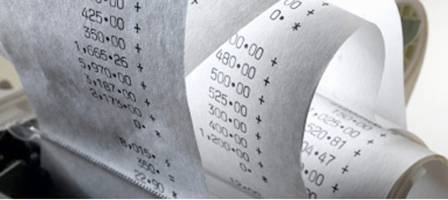Form 1099-NEC Is Coming–Here’s What You Need to Know
- Find out why Congress resurrected the Form 1099-NEC.
- Learn how using the Form 1099-NEC for non-employee compensation helps the IRS eliminate problems.
- Discover how this form helps to combat fraudulent filings.
- Learn about the due dates for filing.
- Find out why each vendor should fill out a form W-9.
- Learn more about the penalties associated with not filing or late-filing a Form 1099-NEC.
- Get a copy of the 1099 Worksheet to gather the information necessary to prepare your 1099’s.
The IRS has resurrected a form not in use since the 1980s, Form 1099-NEC (the NEC stands for non-employee compensation). With this form, you may report non-employee compensation in place of the 1099-MISC. Since 1983, the 1099-MISC has reported payments made to contract workers and freelancers. You may also use Form 1099-MISC to report rents, royalties, crop insurance proceeds and several other types of income unrelated to independent contractors. Now, there’s a new form ready for your 2020 taxes. Fiducial has everything you need to know about the Form 1099-NEC below!
Why resurrect the Form 1099-NEC?
Congress mandated the revival of the 1099-NEC with the passage of the PATH Act back in 2015. However, complications with implementing the form have delayed its use. It will now make its return debut in 2021 for payments made in 2020.
Congress made this change to control fraudulent credit claims—primarily for the earned income tax credit (EITC). Scammers were filing tax returns before the normal February 28 due date for 1099-MISC. This does not give the IRS the time to cross-check the earned income claimed in the returns.
As a stopgap measure, 1099-MISC filings that included non-employee compensation were required to be filed by January 31, the same due date as W-2s, another source of earned income. By using the 1099-NEC for non-employee compensation, the IRS will eliminate the problems created by having two filing dates for the 1099-MISC.
As a result, the 1099-MISC has also been revised, and Box 7—where non-employee compensation used to be entered—is now a checkbox for “Payer made direct sales of $5,000 or more of consumer products to a buyer (recipient) for resale.” Other boxes after Box 7 have also been reorganized.
How to use the Form 1099-NEC
The 1099-NEC is quite simple to use since it only deals with non-employee compensation (entered in Box 1) and there are entries for federal and state income tax withholding.

If you operate a business and engage the services of an individual (independent contractor) other than one who meets the definition of an employee, and you pay him or her $600 or more for the calendar year, you must issue the individual a Form 1099-NEC soon after the end of the year to avoid penalties and the prospect of losing the deduction for his or her labor and expenses in an audit.
The due date for filing a 1099-NEC with the IRS and mailing the recipient a copy of the 1099-NEC that reports 2020 payments is February 1, 2021. (Normally the due date is January 31. However, because that date falls on a weekend next year, the due date becomes the next business day, February 1, 2021.)
Have each vendor fill out a Form W-9
It is not uncommon to have a repairman out early in the year, pay him less than $600, then use his services again later in the year. At that point, the total for the year may exceed the $599 limit. As a result, you may not obtain the information from the individual needed to file a 1099 for the year.
Therefore, remember to have unincorporated workers complete and sign a Form W-9 the first time you engage them and before you pay them. Obtaining a properly completed and signed Form W-9 for all independent contractors and service providers only helps you. It eliminates any oversights and protects you against IRS penalties and conflicts.
If, in the past, you did not diligently obtain completed W-9s, you may want to change your ways. Establish a procedure for getting each non-corporate independent contractor and service provider to fill out a W-9 and return it to you going forward.
IRS Form W-9, Request for Taxpayer Identification Number and Certification, is provided by the government as a means for you to obtain the vendors’ data you’ll need to accurately file the 1099s. It also provides you with verification that you complied with the law in case a vendor gave you incorrect information.
Fiducial highly recommends that you have potential vendors complete a Form W-9 prior to engaging in business with them. The W-9 is for your use only and is not submitted to the IRS.
Penalties
The penalties for failure to file the required informational returns are $280 per informational return. The penalty is reduced to $50 if a correct but late information return is filed no later than 30 days after the required filing date. The penalty may also be reduced to $110 for returns filed after the 30th day but no later than August 1, 2021. If you are required to file 250 or more information returns, you must file them electronically.
In order to avoid a penalty, copies of the 1099-NECs you’ve issued for 2020 need to be sent to the IRS by February 1, 2021. You must submit these forms on magnetic media or on optically scannable forms (OCR forms).
Fiducial prepares 1099s for submission to the IRS. We provide recipient copies and file copies for your records. Use the 1099 worksheet to provide Fiducial with the information needed to prepare your 1099s.
Need help with your 1099’s? Call Fiducial at 1-866-FIDUCIAL or make an appointment at one of our office locations. Ready to book an appointment now? Click here. Know someone who might need our services? We love referrals!
For more small business COVID-19 resources, visit Fiducial’s Coronavirus Update Center to find information on SBA loans, tax updates, the Paycheck Protection Program, paid sick and family l

